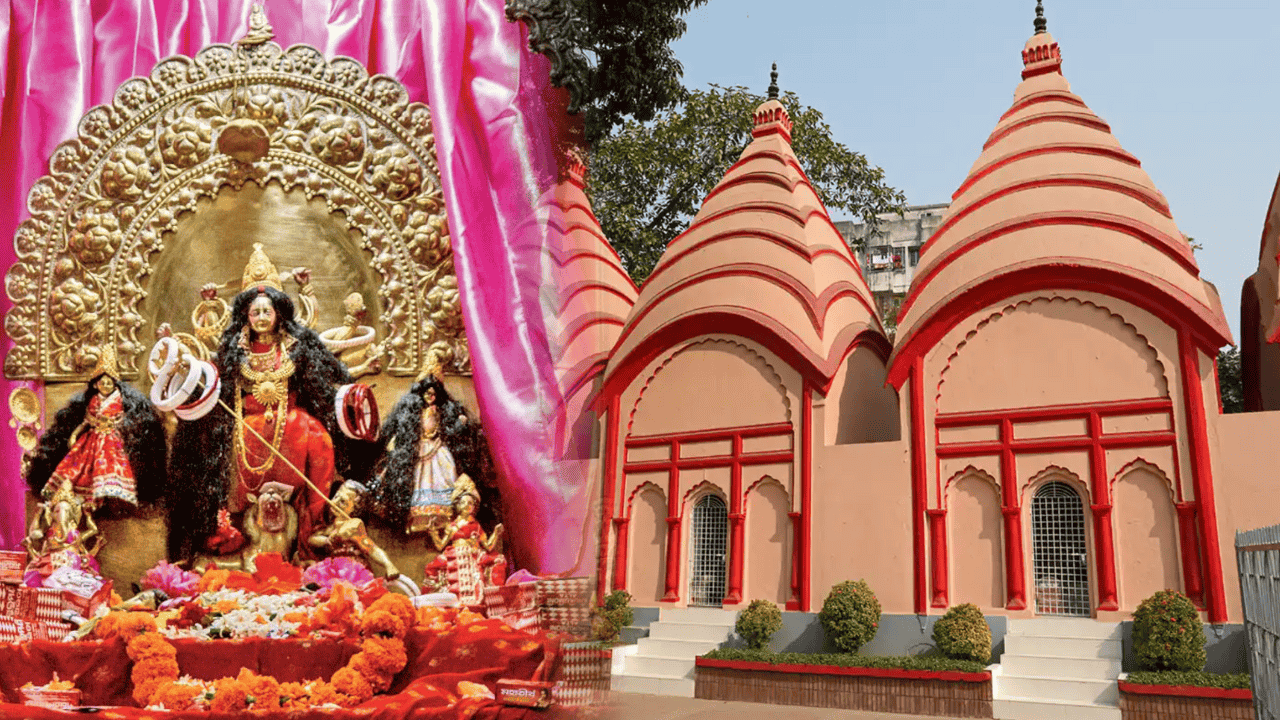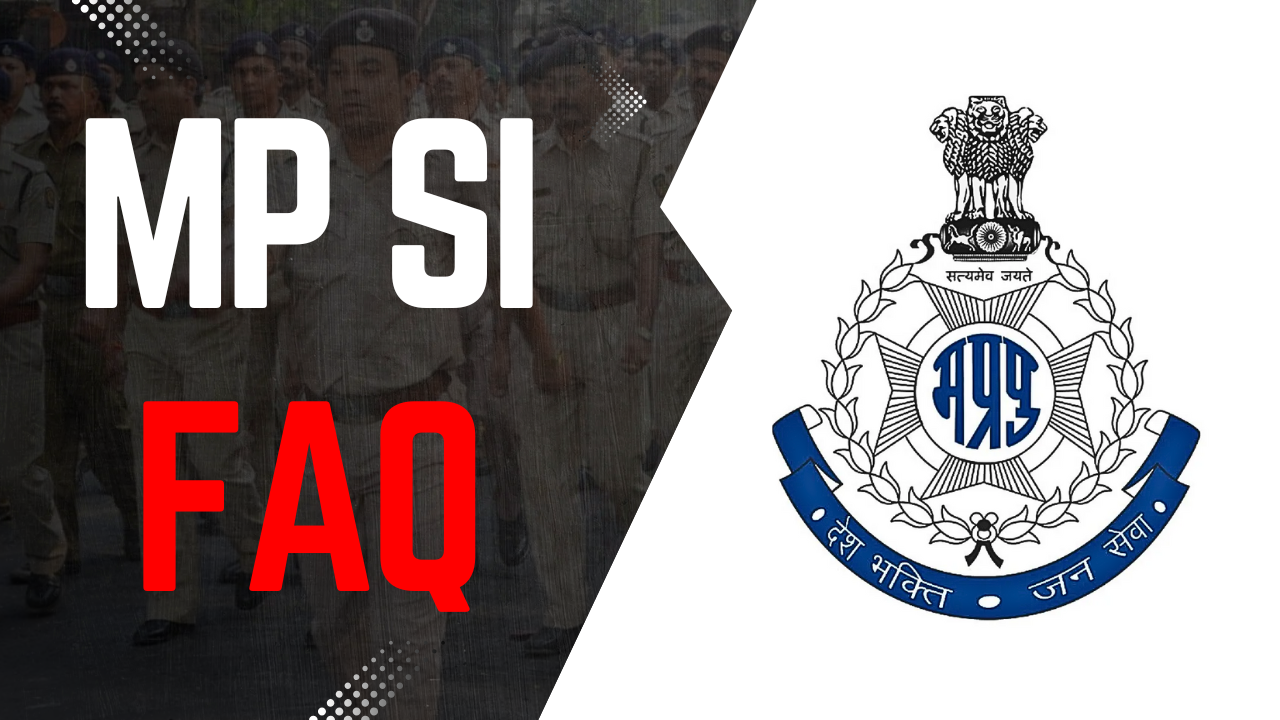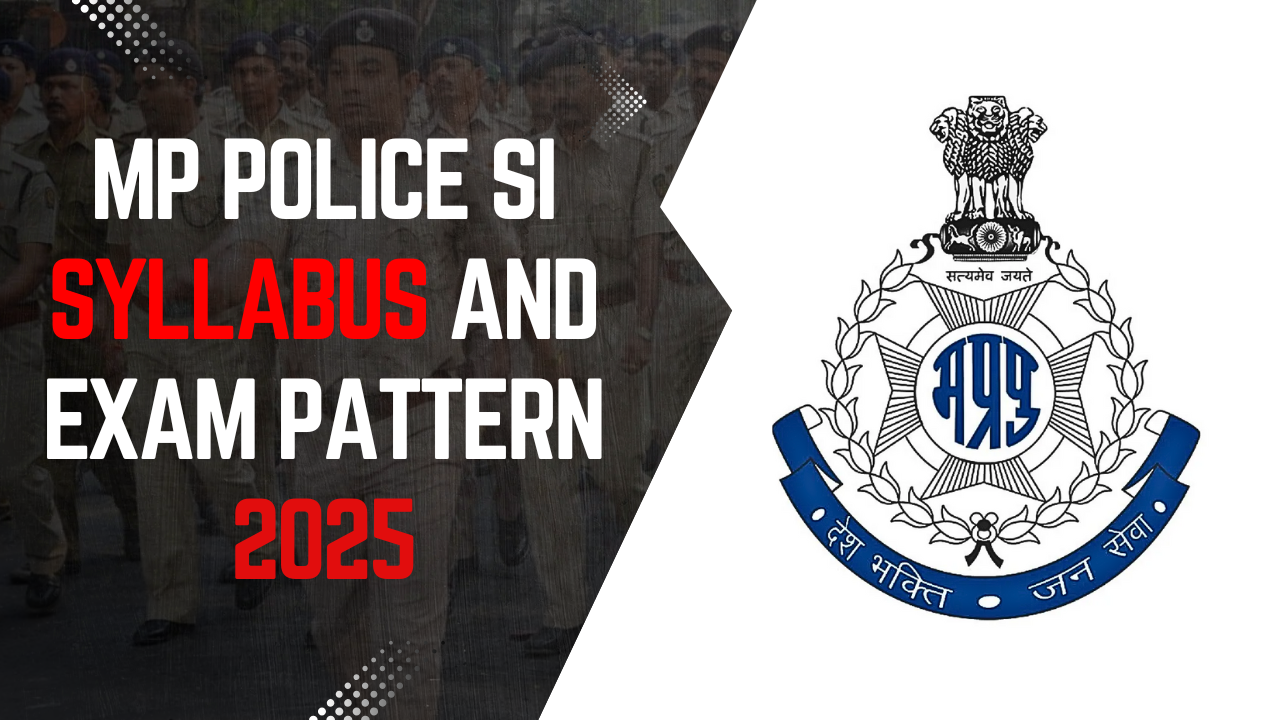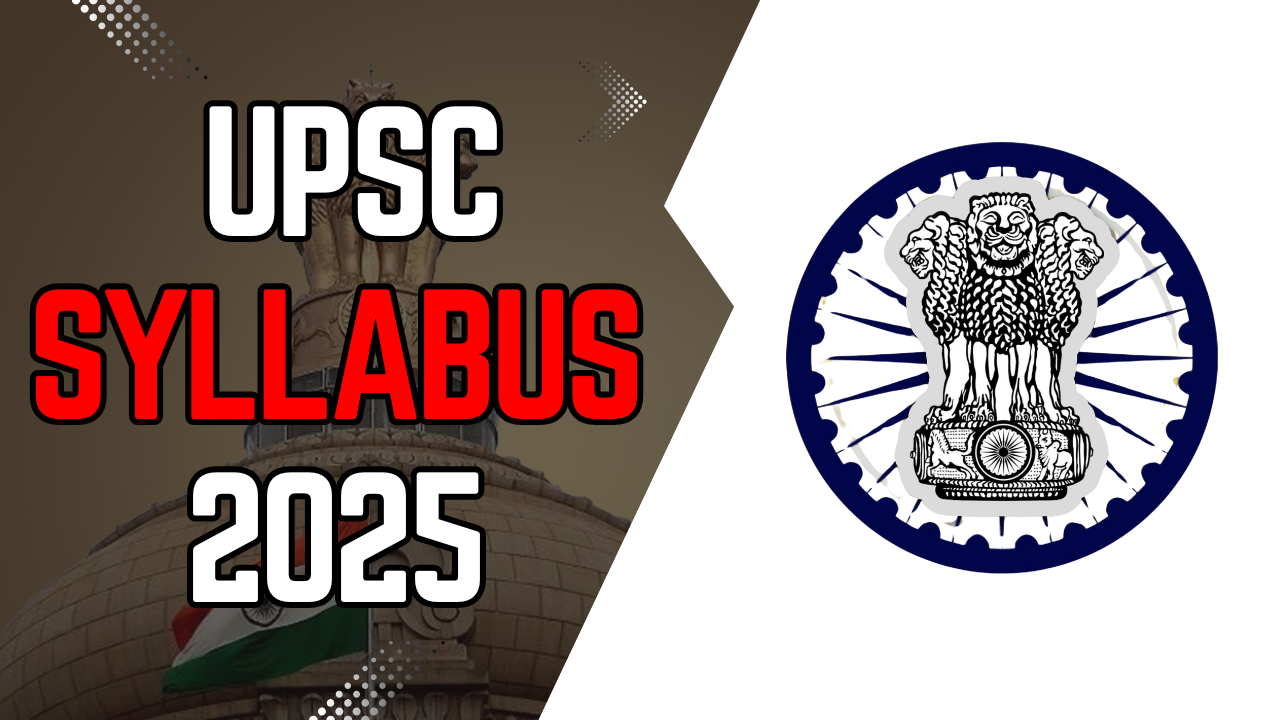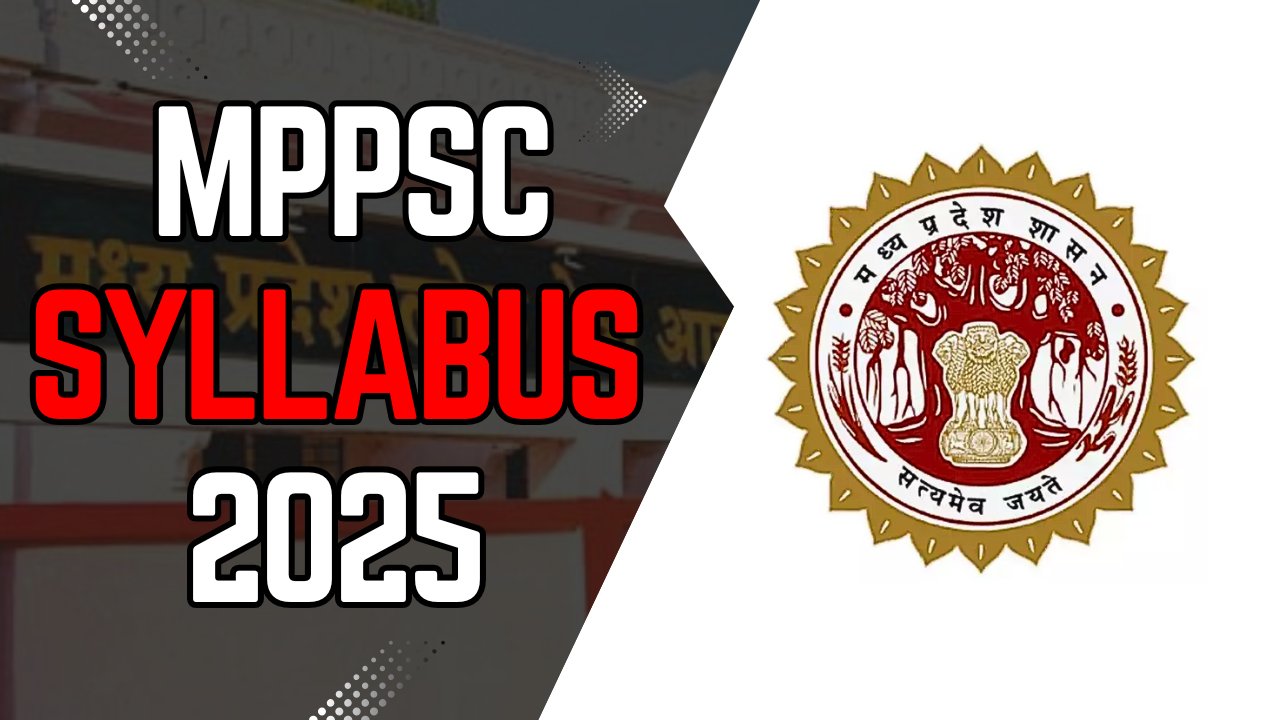Historical Background: The 12th Century Legacy
The Dhakeshwari Temple stands as a testament to Bangladesh's rich Hindu heritage, constructed in the 12th century by King Ballal Sen of the renowned Sena Dynasty. This architectural marvel represents one of the most significant examples of medieval Bengali temple construction and continues to hold immense religious and cultural importance in present-day Bangladesh.
The Sena Dynasty, which ruled Bengal through the 11th and 12th centuries, was particularly known for building Hindu temples and monasteries throughout the region. Ballal Sen's construction of the Dhakeshwari Temple not only demonstrated the dynasty's commitment to Hindu religious architecture but also established what would eventually become the spiritual foundation for the city of Dhaka itself.
Religious Significance as a Shakti Peetha
The Dhakeshwari Temple holds extraordinary religious importance as one of the 51 Shakti Peethas scattered across the Indian subcontinent. According to Hindu mythology, these sacred sites mark the locations where parts of Goddess Sati's body fell after Lord Vishnu used his Sudarshana Chakra to dismember her corpse while Lord Shiva carried it in grief.
Specifically, the Dhakeshwari Temple is believed to be the site where Sati's crown jewel (mukut ka ratna) fell. This mythological connection makes it a significant pilgrimage destination for followers of the Shakta tradition, who worship the divine feminine energy in various forms.
The temple houses a 10-handed idol of Goddess Kaatyayani in her Mahishasuramardini form, approximately 1.5 feet tall, flanked by deities Lakshmi, Saraswati, Kartik, and Ganesha. However, the original ancient idol was relocated to Kumortuli in West Bengal during the 1947 Partition for security reasons, and the current idol is a replica.
National Temple Status and Constitutional Recognition
In a historically significant move, the Dhakeshwari Temple was officially declared Bangladesh's "National Temple" in 1996, earning the designation "Dhakeshwari Jatiya Mandir". This makes Bangladesh the only Muslim-majority country in the world to have a National Hindu Temple.
Key aspects of this national recognition include:
Daily hoisting of Bangladesh's national flag outside the temple premises
Half-mast protocol observed during national days of mourning
State ownership providing it official governmental protection
Special prayers conducted on national holidays including Independence Day, Language Martyrs' Day, and Victory Day
Architectural Features and Cultural Heritage
The temple complex showcases a blend of traditional Hindu architectural styles with distinct Bengali influences. The structure features:
Main sanctum (garbhagriha) housing the principal deity
Four smaller Shiva temples in the northern section with installed Shivalingas
Traditional mandapams and prayer halls surrounding the main shrine
Spacious courtyards for community gatherings and rituals
The temple has undergone multiple renovations and expansions throughout its history, particularly after suffering significant damage during the 1971 Bangladesh Liberation War when Pakistani forces used the main worship hall as an ammunition storage area.
Contemporary Challenges and Recent Developments
The temple has faced various challenges in recent years, particularly concerning minority rights and religious freedom in Bangladesh. Following the political changes in August 2025, there have been increased concerns about the safety of Hindu temples and communities in Bangladesh.
Chief Adviser Muhammad Yunus's recent visit to the Dhakeshwari Temple in September 2025, ahead of Durga Puja celebrations, was seen as an important gesture toward minority communities. During his visit, Yunus emphasized that "rights are equal for everyone" and stressed the need for institutional arrangements to protect all communities.
However, incidents like the recent vandalism of Hindu temples in various districts, including attacks in Jamalpur and Kushtia in September 2025, have raised concerns about the security of religious minorities.
Economic and Cultural Impact
The Dhakeshwari Temple serves as more than just a religious site; it functions as:
Primary venue for Dhaka's largest Durga Puja celebrations, attended by government dignitaries including the President and Prime Minister
Cultural hub hosting the annual Bijaya Sammelani following Durga Puja
Starting point for the historic Janmashthami procession through Old Dhaka streets
Tourist attraction contributing to Bangladesh's heritage tourism sector
The temple's annual festivals draw thousands of devotees from across Bangladesh and neighboring countries, making it a significant contributor to local economic activity.
Why This Matters for Your Exam Preparation
For UPSC Civil Services Examination:
Medieval Indian History: Understanding the Sena Dynasty's contribution to Bengali culture and temple architecture
India-Bangladesh Relations: Current bilateral issues concerning minority rights and religious freedom
Cultural Heritage: Knowledge of Shakti Peethas and their distribution across South Asia
Constitutional Studies: Concept of state-protected religious institutions in neighboring countries
For State PCS Examinations:
Regional History: Medieval Bengal's political and cultural developments
International Relations: Contemporary challenges in South Asian neighborhood policy
Art and Architecture: Evolution of temple architecture in Eastern India
For Other Competitive Exams:
General Knowledge: Major religious sites in SAARC countries
Current Affairs: Minority rights issues in South Asian context
Cultural Awareness: Hindu religious traditions and pilgrimage sites
Key Learning Points:
Historical Continuity: How ancient religious sites maintain significance across political changes
Diplomatic Relations: Role of cultural and religious heritage in international relations
Minority Rights: Constitutional provisions for religious minorities in different countries
Heritage Conservation: Challenges faced by historical sites in conflict zones
This comprehensive understanding of the Dhakeshwari Temple provides valuable insights into the intersection of history, culture, politics, and international relations - making it a crucial topic for competitive exam preparation across multiple subjects and current affairs sections.

